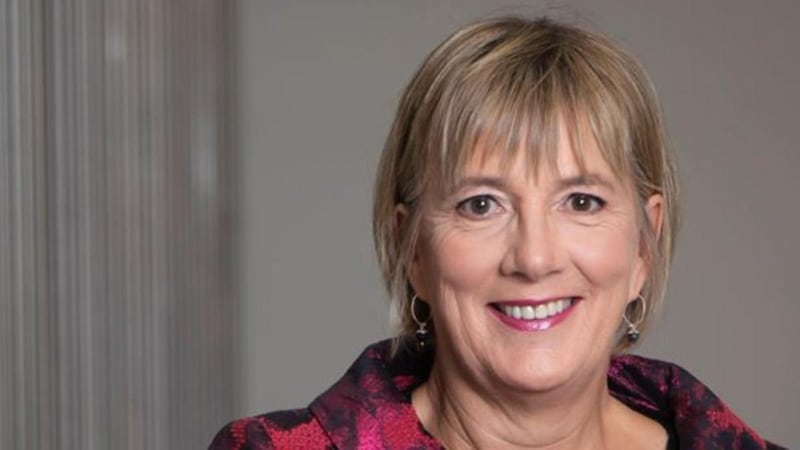In 2018, then taoiseach Leo Varadker launched Balance for Better Business as a Government initiative to promote the inclusion of more women on company boards and in corporate leadership positions. In its first year, the review group set voluntary gender targets for publically listed companies. In 2019, private companies were included as well and, in 2020, gender targets were added for multinational companies based in Ireland.
Each year, progress is tracked with an annual report showcasing positive steps made by companies but also noting where more change is necessary.
“In the three years since we began, publically listed companies have increased women on their boards from 18-30 per cent,” explains Aongus Hegarty, president of international markets at Dell Technologies and current co-chair of Balance for Better Business [the other co-chair is Julie Sinnamon in an effort to model good practice by having a man and woman at the helm].
Hegarty says while more progress is needed, Irish companies have started to close the gender gap at senior levels. “We have moved from eight percentage points below the European average to one percentage point below the European average. We still need to double our efforts to increase the number of women on boards and in senior leadership positions,” he says.
The business case for having better gender balance at board level and in senior decision-making roles has been long proven, with studies showing stronger business results, higher market share and competitive advantage. So, what do companies need to do to ensure women take on these senior roles?
Mentors and sponsors
“It’s about changing behaviour and culture at the highest level of organisations from the CEO and chairman (chairperson, surely) through the leadership teams,” explains Hegarty who clearly believes men as well as women have to drive through this cultural change.
More specifically, he says it’s about attracting and promoting female talent and developing mentorship and sponsorship programmes to encourage women to move up the ranks of companies.
“We need to see companies interviewing a slate of candidates representing diversity when there are internal or external promotions and [recruitment] agencies need to be given briefs to ensure that at least two out of five candidates for a position are female,” he adds.

In its forthcoming 2021 annual report, Balance for Better Business will include a set of tools and resources that companies can use to improve the gender diversity on boards and at senior executive level.
Having women as well as men on interview panels is an obvious starting point but even the language used in advertisements for new jobs needs to ensure women as well as men will consider applying for the job. So, for example, women and men are perhaps equally as likely to apply for a position as a sales leader described as innovative and creative whereas men might be more likely to apply for a sales leader described as aggressive. “The language used can unconsciously indicate that you are looking for a man if you use words that describe competences which are more dominant in men,” says Hegarty.
Unconscious biases
He argues that being aware of such unconscious biases towards men is part of the awareness-raising exercises companies need to take on their journey towards inclusivity.
Also, leaders can actively encourage women to apply for positions. “I remember a number of years ago hiring for the European leadership team and a few candidates applied that surprised me [who were male and somewhat under-qualified] while at least one woman who was very qualified hadn’t applied because she said she had maybe four out of the five skills asked for. So, in these cases, leaders have to be proactive and encourage talented people to apply when recruiting for new positions,” says Hegarty.
Balance for Better Business will release its 2021 annual report in December. It will be interesting to see whether the Covid-19 pandemic has had a positive or negative impact on increasing the per cent of women on boards and in senior leadership positions in publically listed companies, multinationals and private companies in Ireland.













